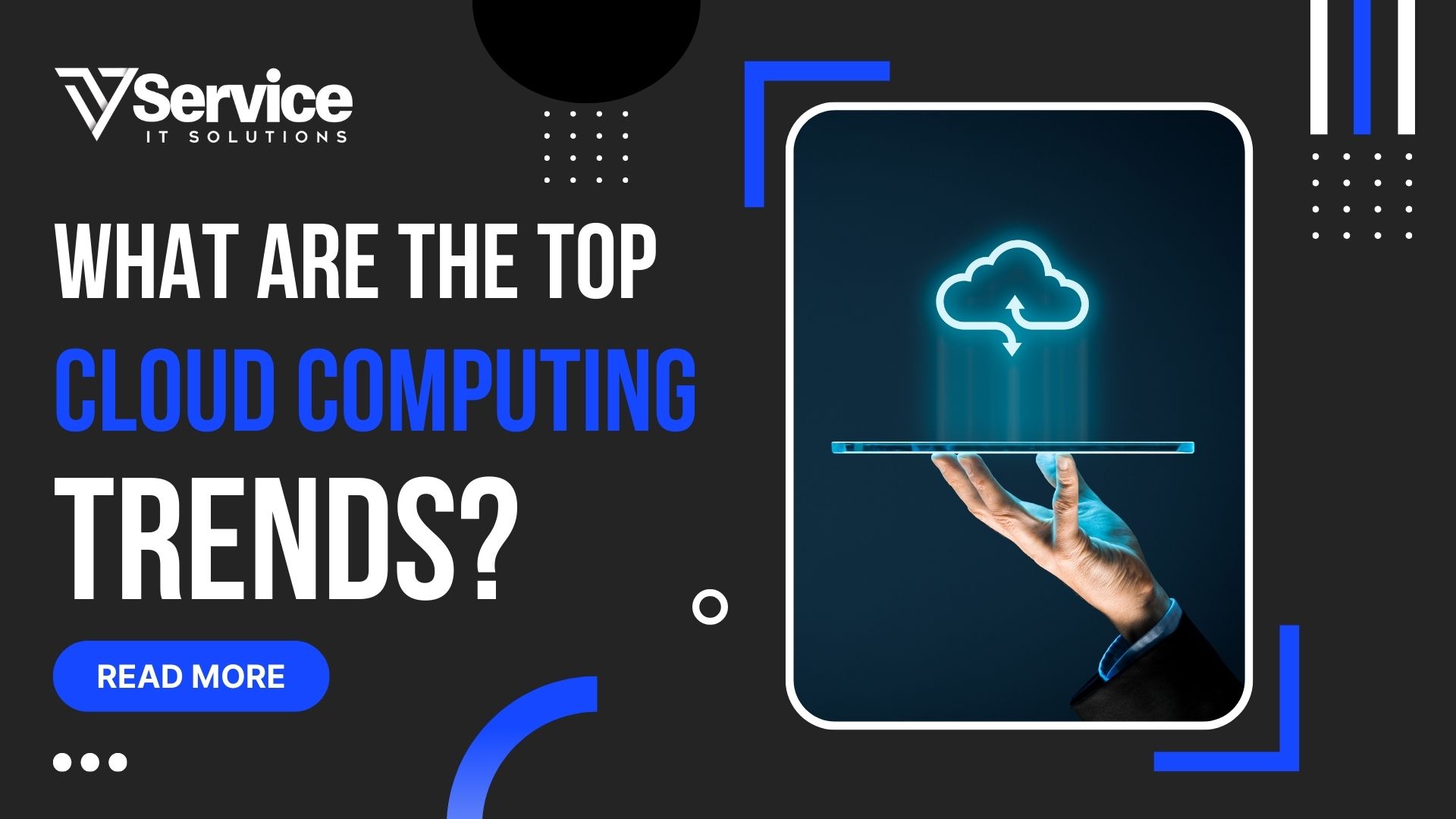What’s Trending In Cloud Computing Services?

The cloud has emerged over the past ten years as the predominant paradigm for delivering IT infrastructure across B2B and B2C use cases. It’s not going anywhere any time soon; in fact, during the next five years, expenditure on cloud-based software-as-a-service, infrastructure-as-a-service, and platform-as-a-service is expected to rise across all industries.
With the introduction of cutting-edge ideas like DevOps-as-a-service (DOaaS) and artificial intelligence-as-a-service (AIaaS), the demand for cloud infrastructure only grows. Concepts like the cloud, which are essentially “other people’s computers” and allow us to avoid owning the real gear ourselves and incurring the costs of upkeep, security, and maintenance, do not go away. However, that doesn’t preclude the emergence of fresher, perhaps even more ground-breaking concepts.
Here are a few of the more recent paradigms that are swiftly rising to the top of the conversation on infrastructure and IT service delivery. They won’t replace what we have come to refer to as “cloud computing services,” but they do provide new perspectives on how we can provide services that will significantly improve the lives of our clients.
Integrating AI and Machine Learning Further
AI and machine learning collaborate with cloud computing to benefit organizations in various ways. There are so many options and possibilities for innovation with these technologies that it is difficult to envision what cloud-based businesses will look like in a few years.
AI gets huge amounts of data from the cloud, and AI can manage and analyze corporate data, which improves operations, customer engagement, and service.
Types of Cloud
Private clouds were formerly a popular alternative for major organizations because to their high level of security and customizability; however, there are now concerns with flexibility, scalability, and latency. Multi-cloud, hybrid cloud, and distributed cloud all provide enterprises with the chance to get the best of both worlds.
Customers can use both public and private clouds to make a solution that fits the needs of their organization. Multi-cloud is presently the preferred solution for businesses. Similar to the multi-cloud, hybrid cloud allows a company to use a public cloud for work that must be altered or manipulated and a private cloud for work that must be accessed only on rare occasions and requires strict security. Already, 87% of businesses have chosen hybrid cloud solutions, and this percentage is rising.
Serverless computing
Let organizations test their programs. Serverless computing lets SMEs test new programs without back-end risk.
To compete in the market, startups need to grow quickly and come out with more advanced features and products. Serverless computing may accelerate expansion by automating scalability, data management, and set-up.
Edge Computing
Edge computing resembles a distributed cloud in that it moves locally based data centers to where they are required (close to organizations). It makes central servers less busy, so there are fewer issues with latency and bandwidth congestion.
Workstation-as-a-Service (WaaS)
Workstation as a Service is the best solution for companies that want to move to a remote workforce. WaaS is an all-inclusive solution that enables employees to access their work from any location and on any device, at any time.
WaaS enables enterprises to implement remote work rapidly and painlessly. It also permits workers to work from anywhere they choose.
Before the epidemic, remote work slowly increased, but then surged during the pandemic. Many firms that relied on a rapid remedy to get through the epidemic will likely seek out more solid solutions, such as WaaS, in the future.
More Automation
As firms’ IT requirements become wider and more complicated, the demand for automation rises. Cloud-based and hybrid organizations need to be able to handle large amounts of data, client self-service, and processes in real-time. Fortunately, there have been several technological advancements in recent years that pertain to automation.
The emergence of the Service Orchestration and Automation Platform is most remarkable (SOAP). SOAPs are tailor-made for hybrid IT settings. SOAPs may execute and understand sequences designed for a variety of settings, including private cloud, public cloud, and on-premises.
SOAP can be utilized to automate processes, self-service, resource provisioning, scheduling, and data. Because SOAPs function uniformly across settings, real-time on-premises events can trigger cloud-based automation.
Greater Emphasis On Sustainability
Everyone knows that brands that put money into sustainability have a big advantage over those that don’t. The effects of climate change, pollution, and overpopulation are reaching a tipping point and becoming clearer than ever before. The majority of individuals prioritize sustainability, and their spending habits reflect this.
Conclusion
With cloud computing, there are many new ways to cut costs, come up with new ideas, improve customer service, and grow the business. Before choosing a cloud service provider or solution, your business needs to know which cloud technologies are “must-haves.” There are several methods to migrate to the cloud, ranging from public to distributed cloud to serverless, and there is no “one-size-fits-all” approach. If you want to move your whole company to the cloud, you have to think about the company as a whole.
Author :
Madan
Head of Sales and Business Development, responsible for ensuring optimal company performance and keeping track of client service level agreements. And this is simply my daily routine!
I enjoy planning and implementing effective maintenance to assure compliance with all disaster recovery plans while I am not working on my next project. I support technical employees in analysing and resolving difficulties in order to meet all objectives, designing and maintaining all IT processes using standardisation techniques, and maintaining all documentation for various tasks.
Latest Blogs
Get New Solution for your Problem
Still can’t find answers to your challenges. Get in touch with our experts
